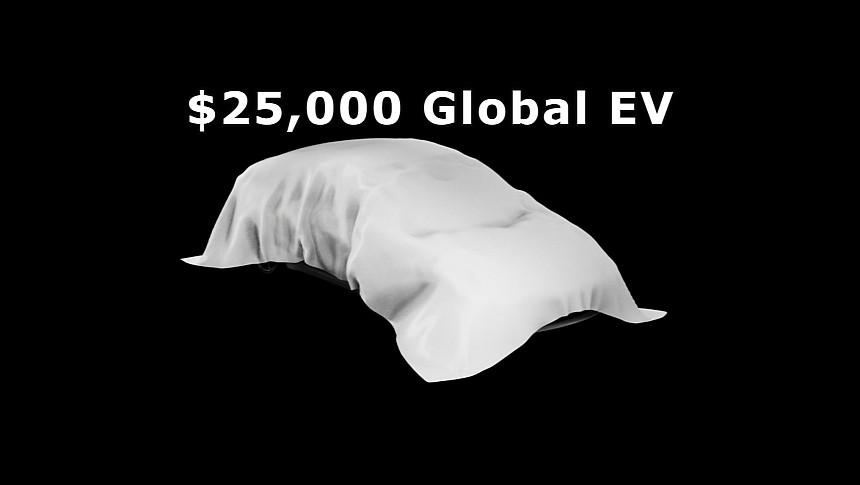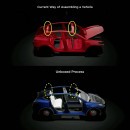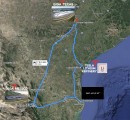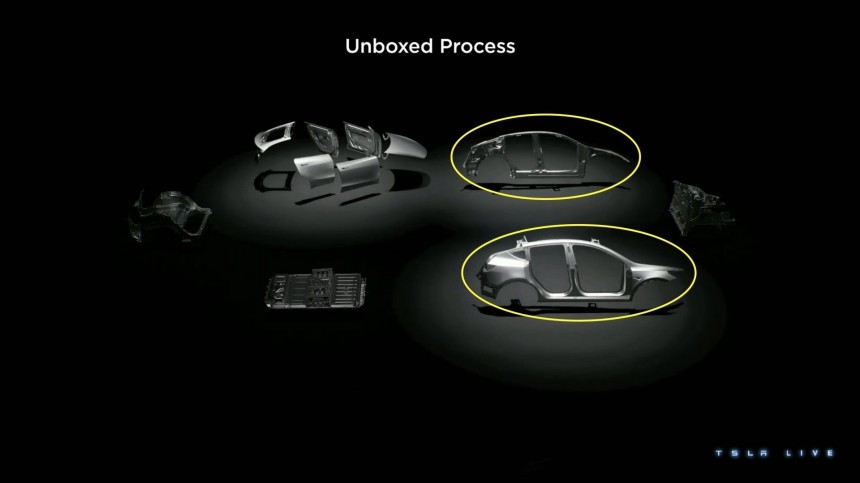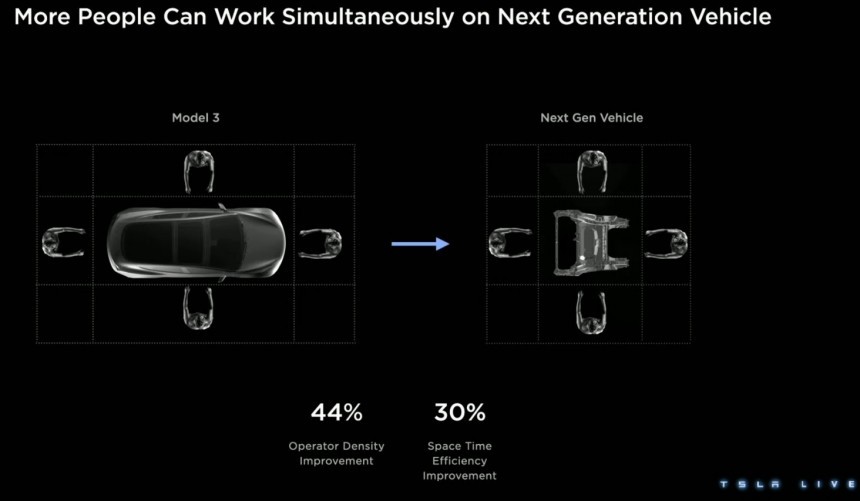For many, Tesla's decision to scrap the plans for an affordable EV in 2022 was quite surprising, and putting it back on the table half a year later was even more so. There's an interesting story behind these decisions, told in Walter Isaacson's forthcoming book "Elon Musk."
Once upon a time, Elon Musk had a vision for Tesla, which he properly described in his famous Master Plan. This vision can be summarized in just a few words: 1. Build a sports car. 2. Use that money to build an affordable car (the Model S). 3. Use that money to build an even more affordable car (the Model 3). 4. While doing the above, also provide zero-emission electric power generation options. All four points were accomplished, so ten years later, in 2016, Musk introduced the Master Plan Part Deux.
This got a lot more complicated, and it is still far from completion. The second master plan introduced solar power and battery storage (both achieved with Solar panels/Solar roof and Powerwall/Megapack). At the same time, expanding the EV lineup in all segments is still a work in progress, as is the self-driving capabilities 10X safer than human driving. The second Master Plan also introduced the robotaxi concept, as Musk believed Tesla cars could make money for their owners by using its self-driving capabilities.
Musk became so fixated on the robotaxi idea that he would bet the entire Tesla future on it. Although Tesla planned for an even more affordable model than the Model 3, these plans were abruptly scrapped in early 2022. Not only that, but Musk announced a freeze on all development in light of the microchip crisis. Musk famously predicted a financial crash during that time, and this affected the Semi and the Cybertruck, which both still suffer today.
Rumors about the $25,000 compact EV that Tesla was supposed to launch were quickly muffled as Musk focused on the robotaxi idea. According to an exclusive Axios excerpt from Isaacson's forthcoming book, "Elon Musk," Tesla's CEO was convinced that a robotaxi would make Tesla a "ten-trillion company," just as he recently said that Full Self-Driving could make or break the company. Thus, Musk insisted that the new affordable vehicle would be designed with no steering wheel and no pedals from the get-go.
As other Tesla executives tried to convince Musk, this was a risky proposition. If the Tesla FSD is not ready by the time the car enters production, they will not be able to sell it. Likewise, regulators around the world might not approve an autonomous vehicle without traditional controls. That's why Tesla's chief designer Franz von Holzhausen and other executives tried to persuade Musk to build the car with pedals and a steering wheel, even if this meant removing them later when FSD would get approved.
Tesla's CEO was not impressed, insisting he takes full responsibility for the decision. "Let me be clear," Musk said slowly, as revealed in Isaacson's book. "This vehicle must be designed as a clean robotaxi. We're going to take that risk. It's my fault if it f--ks up. But we are not going to design some sort of amphibian frog that's a halfway car. We are all in on autonomy."
Luckily, the execs knew how to approach Musk. At a secretive meeting in September 2022, they convinced Musk that a small, inexpensive global EV was necessary to meet Tesla's ambitious 50% annual growth targets. Not only that, but it could be built on the same production line and platform as the robotaxi Musk wanted, leveraging economy of scale to lower costs. That's when he announced during the Q3 2022 earnings call that the plans for a $25,000 EV were back on the menu.
According to Isaacson's book, Musk grew more enthusiastic about the next model when von Holzhausen presented him with the models of the robotaxi and the $25,000 EV next to each other in the studio. Both had a futuristic design, putting to rest previous claims that Tesla's affordable model would essentially be a shrunk Model Y. "When one of these comes around a corner," said Musk, "people will think they are seeing something from the future."
The two models became later known as "the next-generation platform," and Musk started designing a completely new production model that would allow Tesla to build them at cost. This is now known as the unboxed vehicle manufacturing process expected to be implemented at Giga Mexico in 2025. The funny thing is that Giga Mexico is no longer the factory that would start producing the next-generation platform vehicles. Instead, the two compact EVs will start production at Giga Austin, as revealed in Isaacson's book.
The decision was reportedly made in May 2023, although it was only now revealed in the book, thanks to an exclusive preview offered by Isaacson to Axios. Musk considered that Tesla engineers and designers needed to be located as close to the production line as possible. This was even more important for a new product using a new manufacturing technique. Musk realized it would be difficult to convince his top engineers to relocate to Mexico to the new factory, so he changed the initial build location to Austin.
This got a lot more complicated, and it is still far from completion. The second master plan introduced solar power and battery storage (both achieved with Solar panels/Solar roof and Powerwall/Megapack). At the same time, expanding the EV lineup in all segments is still a work in progress, as is the self-driving capabilities 10X safer than human driving. The second Master Plan also introduced the robotaxi concept, as Musk believed Tesla cars could make money for their owners by using its self-driving capabilities.
Musk became so fixated on the robotaxi idea that he would bet the entire Tesla future on it. Although Tesla planned for an even more affordable model than the Model 3, these plans were abruptly scrapped in early 2022. Not only that, but Musk announced a freeze on all development in light of the microchip crisis. Musk famously predicted a financial crash during that time, and this affected the Semi and the Cybertruck, which both still suffer today.
As other Tesla executives tried to convince Musk, this was a risky proposition. If the Tesla FSD is not ready by the time the car enters production, they will not be able to sell it. Likewise, regulators around the world might not approve an autonomous vehicle without traditional controls. That's why Tesla's chief designer Franz von Holzhausen and other executives tried to persuade Musk to build the car with pedals and a steering wheel, even if this meant removing them later when FSD would get approved.
Tesla's CEO was not impressed, insisting he takes full responsibility for the decision. "Let me be clear," Musk said slowly, as revealed in Isaacson's book. "This vehicle must be designed as a clean robotaxi. We're going to take that risk. It's my fault if it f--ks up. But we are not going to design some sort of amphibian frog that's a halfway car. We are all in on autonomy."
Luckily, the execs knew how to approach Musk. At a secretive meeting in September 2022, they convinced Musk that a small, inexpensive global EV was necessary to meet Tesla's ambitious 50% annual growth targets. Not only that, but it could be built on the same production line and platform as the robotaxi Musk wanted, leveraging economy of scale to lower costs. That's when he announced during the Q3 2022 earnings call that the plans for a $25,000 EV were back on the menu.
The two models became later known as "the next-generation platform," and Musk started designing a completely new production model that would allow Tesla to build them at cost. This is now known as the unboxed vehicle manufacturing process expected to be implemented at Giga Mexico in 2025. The funny thing is that Giga Mexico is no longer the factory that would start producing the next-generation platform vehicles. Instead, the two compact EVs will start production at Giga Austin, as revealed in Isaacson's book.
The decision was reportedly made in May 2023, although it was only now revealed in the book, thanks to an exclusive preview offered by Isaacson to Axios. Musk considered that Tesla engineers and designers needed to be located as close to the production line as possible. This was even more important for a new product using a new manufacturing technique. Musk realized it would be difficult to convince his top engineers to relocate to Mexico to the new factory, so he changed the initial build location to Austin.
